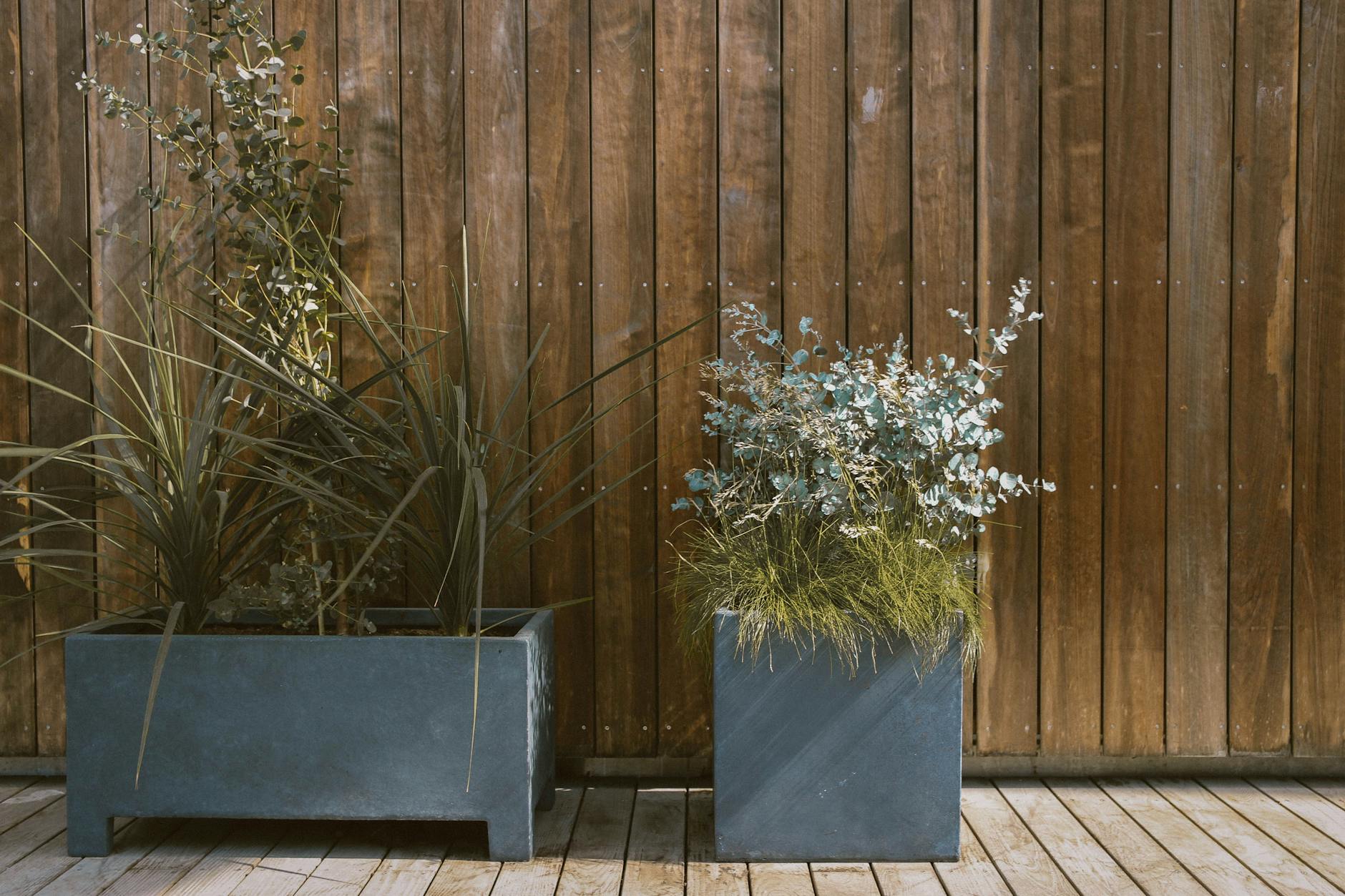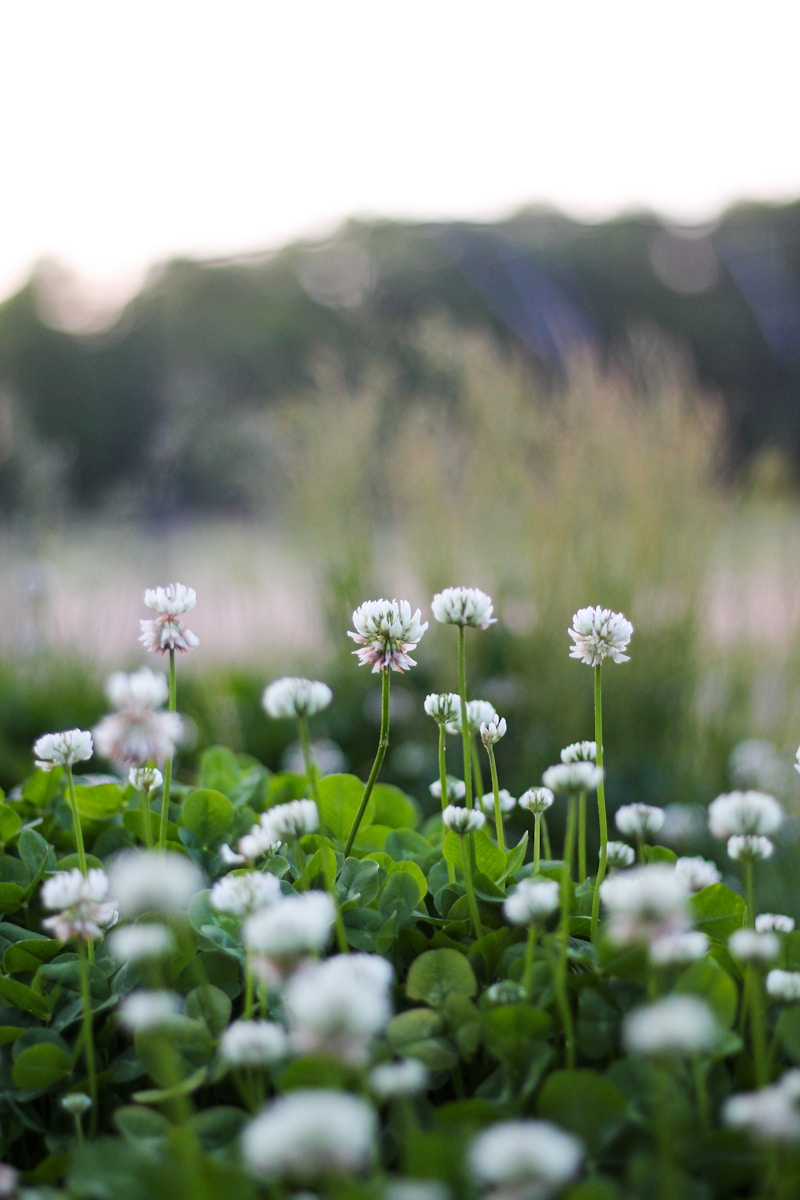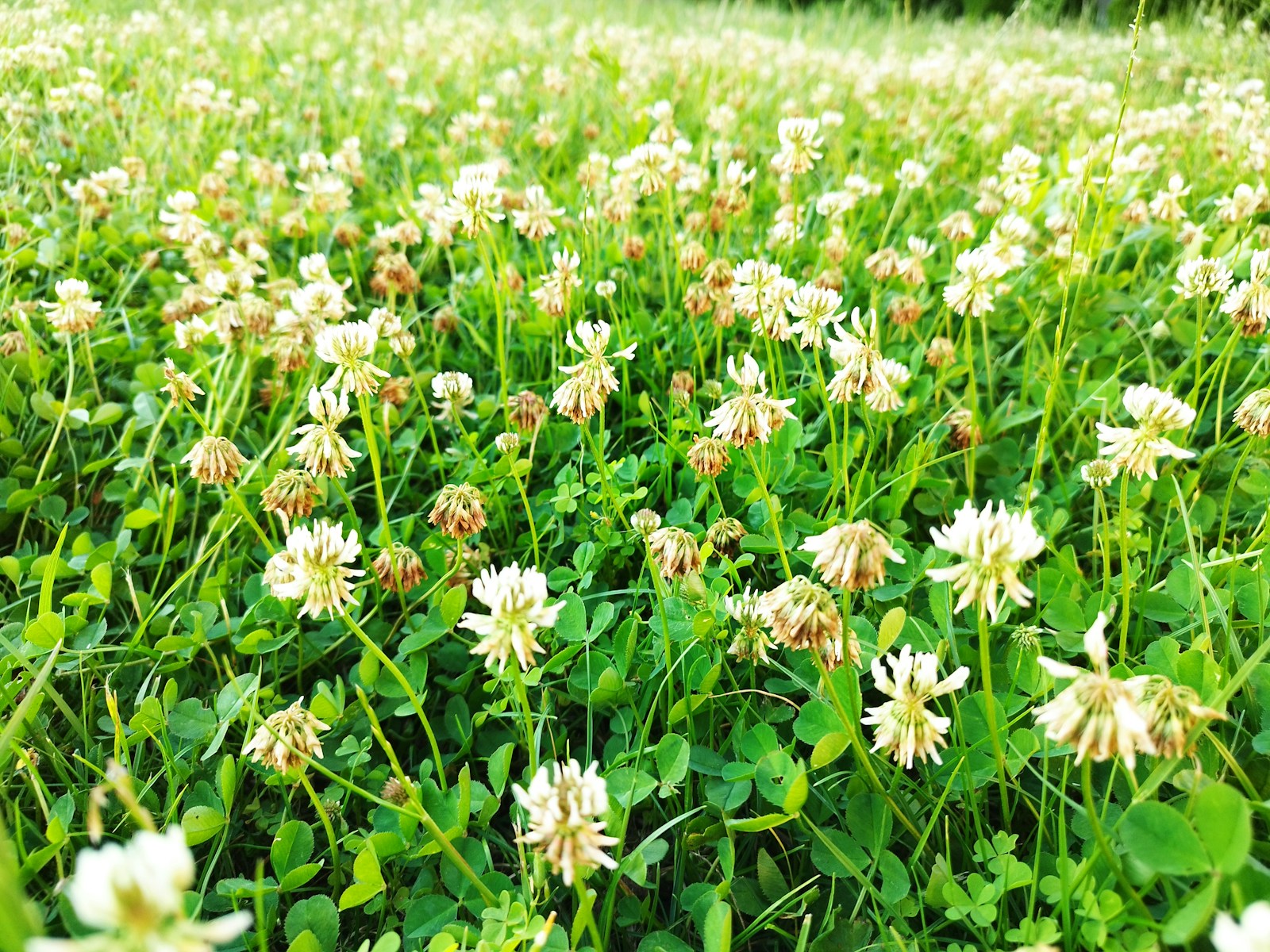Drip irrigation systems are a fantastic way to conserve water and keep your plants hydrated efficiently. If you’ve ever wondered how to install drip irrigation, this guide is here to help you master the process. By following these steps, you can transform your garden into a water-wise haven.
Why Choose Drip Irrigation?
Drip irrigation delivers water directly to the roots of plants, minimizing waste and evaporation. It’s especially useful for gardens, flower beds, and vegetable patches. When I first decided to install one in my backyard, I was amazed at how much water and effort it saved compared to traditional sprinklers.
Tools and Materials You’ll Need
Before you start, gather these essentials:
- Mainline tubing
- Emitters and drippers
- Pressure regulator
- Timer (optional but highly recommended)
- Hole punch tool
- Tubing stakes
- Filter
- End caps
Step-by-Step Guide to Installing Drip Irrigation
1. Plan Your Layout
Start by sketching your garden. Identify where each plant is located and determine the best placement for the tubing. Consider factors like water flow and plant spacing.
Pro Tip: Group plants with similar watering needs together for maximum efficiency.
2. Prepare the Tubing
Cut the mainline tubing to match your planned layout. Lay it out in the sun for a few minutes to make it more flexible.
3. Install the Water Source
Attach the tubing to your water source:
- Connect a filter to prevent clogging.
- Add a pressure regulator to ensure consistent water flow.
4. Place the Tubing and Emitters
Use tubing stakes to secure the mainline tubing in place. Punch holes where you need water and insert the emitters or drippers.
5. Test the System
Turn on the water and check for leaks or clogs. Adjust emitters as needed to ensure all plants are receiving the right amount of water.
6. Add a Timer
A timer automates your system, ensuring your plants are watered consistently. This is especially useful during vacations or busy periods.
Maintenance Tips
To keep your drip irrigation system running smoothly:
- Check filters regularly for debris.
- Inspect tubing for leaks or cracks.
- Flush the system seasonally to remove any buildup.
Here’s a quick summary of the process:
| Step | Action |
|---|---|
| Plan Layout | Sketch garden, group similar plants. |
| Prepare Tubing | Cut and position mainline tubing. |
| Install Water Source | Connect filter and pressure regulator. |
| Place Tubing & Emitters | Secure tubing and add drippers. |
| Test System | Check water flow and fix issues. |
| Add Timer (Optional) | Automate with a programmable timer. |
Final Thoughts
Installing a drip irrigation system is easier than you might think and yields tremendous benefits. I’ll never forget how proud I felt the first time I saw my vegetable garden thriving with minimal water usage. With a bit of planning and effort, you too can enjoy a lush, sustainable garden.



